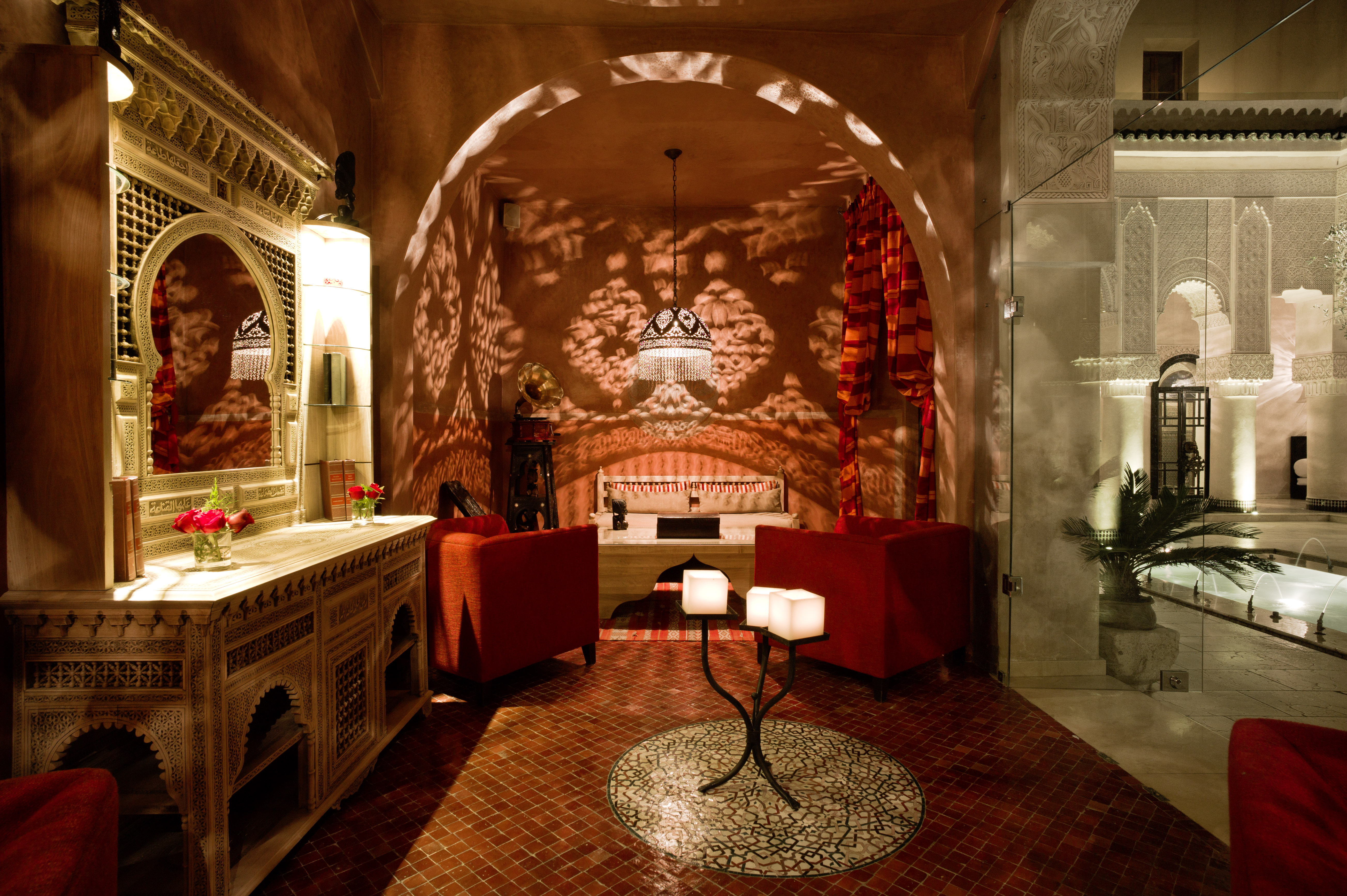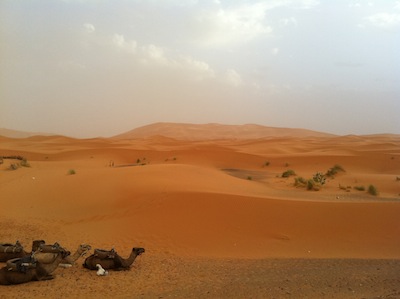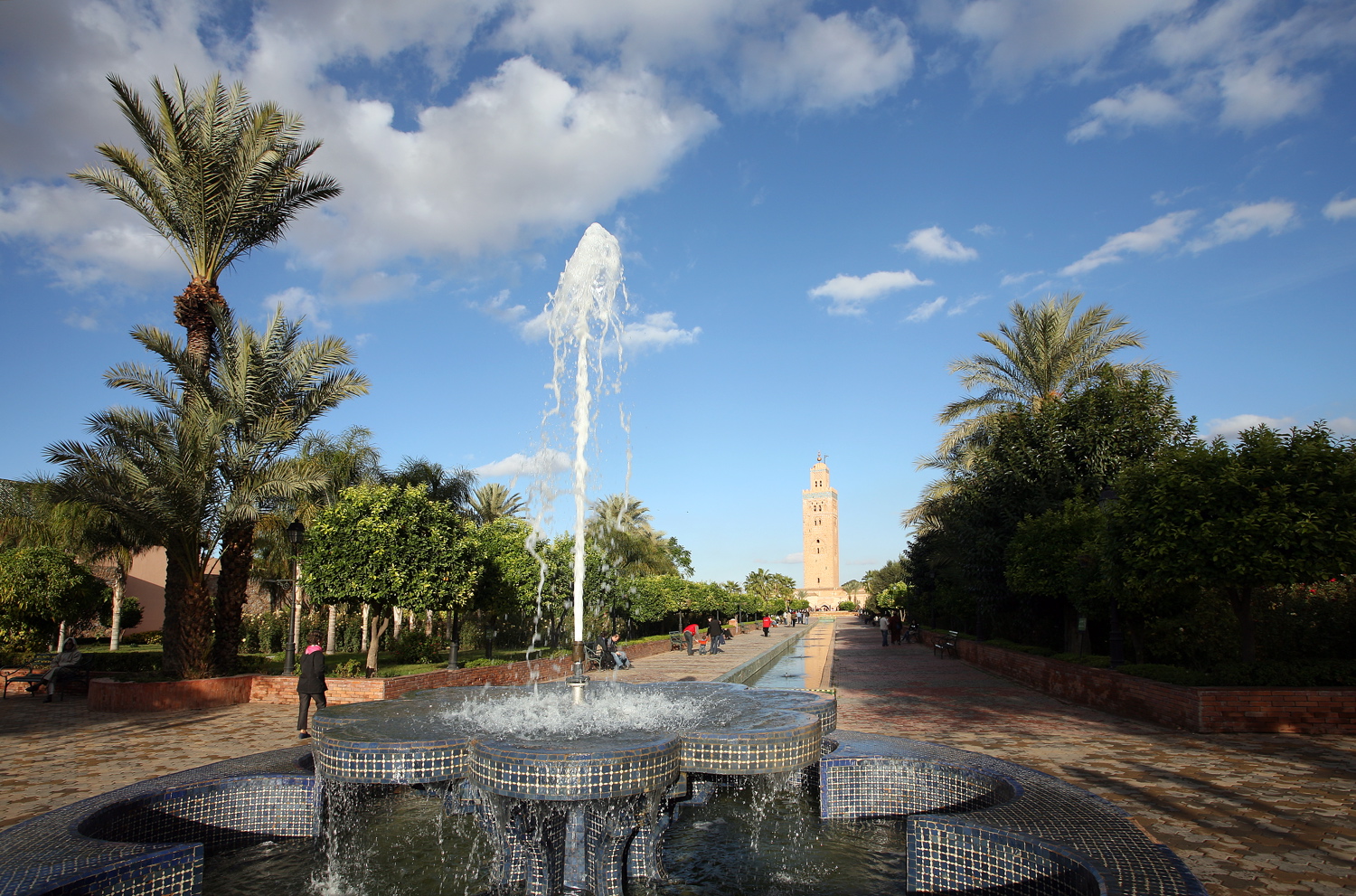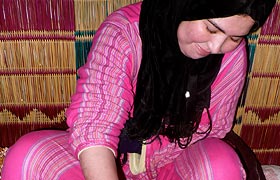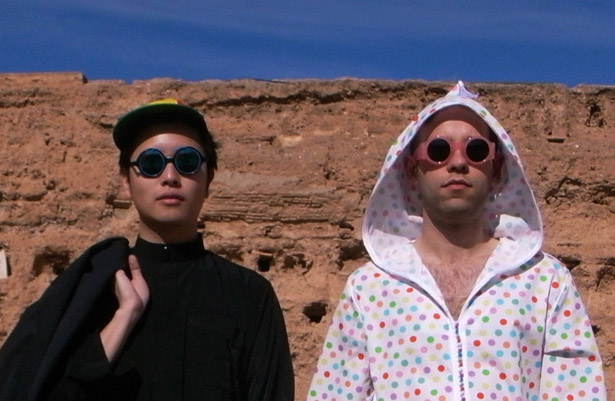Morocco Beach Hotels


The Morocco beach hotels are excellent places for travelers to base themselves when a break from the mountains, the desert, and the country's city streets is in order. Moroccan oceanfront lodging is varied, and travelers can choose between a hotel or a vacation rental. A beachfront villa is understandably attractive, as is a beachfront apartment. For some, staying at one of the beach hotels in Morocco is the way to go, and booking a room is usually easier than trying to secure a vacation rental.
Morocco is blessed with a long coastline, and on the country's northern side, the beaches sit on the Mediterranean Sea. The west coast of Morocco offers Atlantic Ocean beaches, many of which are simply ideal for surfing and windsurfing. For travelers who are coming from Europe, the Morocco beach hotels that can be found on the Mediterranean side will be more convenient. Tangier boasts some pretty good beaches, and some of the city's best hotels can be found within close proximity of the water. The Hotel Rif has long been one of the most popular beach hotels in Morocco, at least for those who can afford the relatively high rates. Recently renovated, the Hotel Rif has regained some of its past glory, and the rooms offer a number of modern conveniences.

While there are some chic seaside hotels in Tangier, many travelers who are looking to relax on the beach in the northern part of the country head to Tamuda Bay. This resort destination is very family-friendly, and it boasts some good beach hotels. For those who are interested in a resort hotel, the Sofitel Thalassa Resort is worth keeping in mind. In addition to an excellent location, the Sofitel Thalassa also boasts some very comfortable rooms and a range of facilities for guests to enjoy when they're not engaging in watersports activities or soaking up some sun.
Another beach destination of choice on the northern coast is the town of Saidia. The Morocco beach hotels in destinations like these range from upscale establishments to the more affordable mid-price and discount hotels. As a side note, there is a campground in Saidia that is just a block from the sea for those who really want to save on lodging near the sand.
While the northerly beaches of Morocco attract their fair share of visitors, some travelers prefer heading further south. This can be an especially good idea during the spring and fall shoulder seasons, as the weather will be more conducive to beach time than it will further north. Agadir is home to some of the most popular beach hotels in Morocco, and these include the Riu Tikida Beach (pictured). Considered by some to be the best of the beachfront Agadir hotels, the Riu Tikida offers direct access to the sand, and its lush gardens are a joy to wander. An excellent spa can be found at this relatively upscale hotel, and the nightclub is arguably the city's best. The Agadir hotels can fill up fast during the summer season, and rooms also tend to go quickly around Christmas and Easter.
The beach hotels in Morocco are many, and most of these hotels offer a good amount of amenities. Since Moroccan oceanfront lodging is relatively expensive, travelers can look to save by staying further inland. In Agadir, for example, the Hotel La Petite Suede is cheaper than the Riu Tikida or the Sofitel Resort. The walk to the beach from this affordable gem only takes about five minutes. In other words, you will pay elevated rates when it comes to Moroccan oceanfront lodging, in which case those who wish to save on accommodations can opt for an inland base.
morocco culture,moroccan food,morocco food,moroccan cuisine,morocco beaches,moroccan meal,beaches in morocco,moroccan culture,hercules cave,hercules cave morocco





